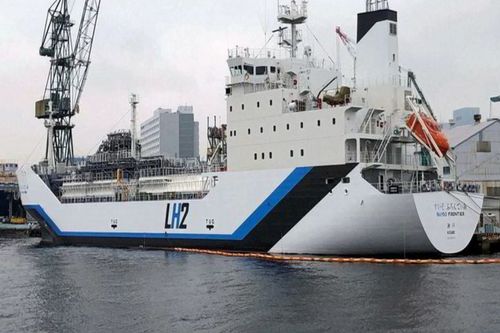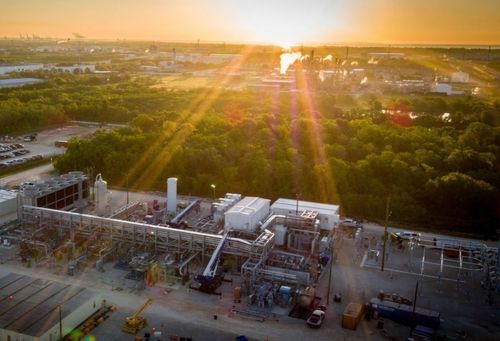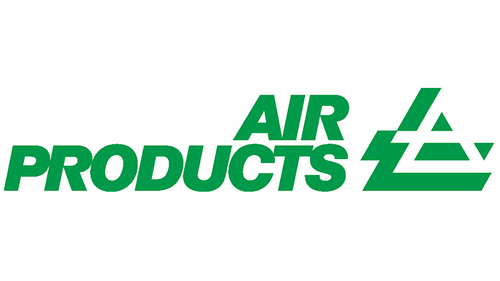NEOM Green Hydrogen Company (NGHC) today announced that following signing financial documents with 23 local, regional, and international banks, and investment firms, it has now achieved financial close on the world’s largest green hydrogen production facility at a total investment value of $8.4bn.
The plant is currently being built at Oxagon, in Saudi Arabia’s region of NEOM. NGHC has also concluded the engineering, procurement, and construction (EPC) agreement with Air Products as the nominated contractor and system integrator for the entire facility.
Additionally, NGHC also announced that the non-recourse financing structured for the project has been certified by S&P Global (as the second party opinion provider) as adhering to green loan principles and is one of the largest project financings put in place under the green loan framework. Air Products has already awarded major contracts to various technology and construction partners.
As previously reported, to be funded by a combination of long-term debt and equity, the project JV, NEOM Green Hydrogen Project, will build 4 GW of renewables powering production of up to 600 tons per day of hydrogen.
The total financing consists of $5.852bn of senior debt and $475m of mezzanine debt facilities, both arranged on a non-recourse project finance basis, as follows:
– $1,500 million from National Development Fund (NDF) on behalf of National Infrastructure Fund (NIF), under foundation.
– $1,250 million is in the form of SAR denominated financing from Saudi Industrial Development Fund (SIDF),
The balance is from a consortium of financiers, structured as a combination of long term uncovered tranches and a Euler Hermes covered tranche, comprising, in no particular order, First Abu Dhabi Bank, HSBC, Standard Chartered Bank, Mitsubishi UFJ Financial Group, BNP Paribas, Abu Dhabi Commercial Bank, Natixis, Saudi British Bank, Sumitomo Mitsui Banking Corporation, Saudi National Bank, KFW, Riyad Bank, Norinchukin Bank, Mizuho Bank, Banque Saudi Fransi, Alinma Bank, APICORP, JP Morgan, DZ Bank, Korea Development Bank and Credit Agricole.








